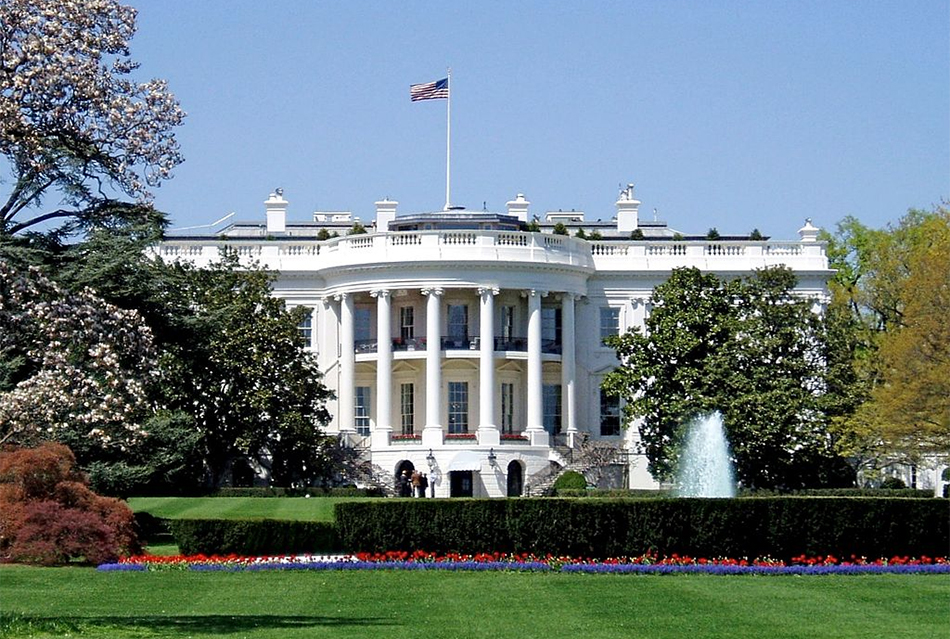White House Issues State Guide to Broadband Billions
Hammers on need for speed, price, as definitions of needed access

The White House has released a guidebook so states and localities can get a better grasp on all of the infrastructure money available to them, including the approximately $65 billion for broadband.
The guidebook plays up the half-empty view of broadband — or, in this case, the fraction of the glass still empty view — saying that “by one definition,” more than 30 million Americans live in areas where there is no broadband infrastructure that provides “minimally acceptable” speeds, and saying that the U.S. has the second-highest broadband costs.
The section on broadband begins with a quote from President Joe Biden at the infrastructure law’s signing ceremony citing the oft-used example kids of having to seek out a WiFi hotspot to connect to do schoolwork. “This pandemic has made clear the need for affordable and available high-speed internet," Biden said last October. “The idea of a parent having to put their kids in the car for virtual learning, drive and sit in the McDonald’s parking lot so that their child can access the Internet when school is taught virtually is not only unnecessary, it’s just wrong.”
The Bipartisan Infrastructure Law guidebook breaks out the various broadband programs into seven major programs: “(1) the Broadband Equity, Access and Deployment [BEAD] Program ($42.45 billion); (2) the Affordable Connectivity Program ($14.2 billion); (3) Digital Equity Planning, Capacity and Competitive Grants ($2.75 billion); (4) the Tribal Broadband Connectivity Program ($2 billion); (5) Rural Broadband Programs at the Department of Agriculture ($2 billion); (6) the Middle Mile Broadband Infrastructure Program ($1 billion); and (7) Private Activity Bonds ($600 million).”
To access the $42.45 billion BEAD program, the guide advises states to “identify and solidify their state broadband leadership teams and begin coordinating across state agencies and with tribal and local governments and other stakeholders to begin to develop a strategy and plan for identifying and meeting the state’s broadband deployment, affordability and equity challenges.”
The program is not simply about getting broadband to every home, but doing so at a cost and speed that makes it affordable and usable, so there is money for outreach and equity initiatives. ■
Multichannel Newsletter
The smarter way to stay on top of the multichannel video marketplace. Sign up below.
Contributing editor John Eggerton has been an editor and/or writer on media regulation, legislation and policy for over four decades, including covering the FCC, FTC, Congress, the major media trade associations, and the federal courts. In addition to Multichannel News and Broadcasting + Cable, his work has appeared in Radio World, TV Technology, TV Fax, This Week in Consumer Electronics, Variety and the Encyclopedia Britannica.

